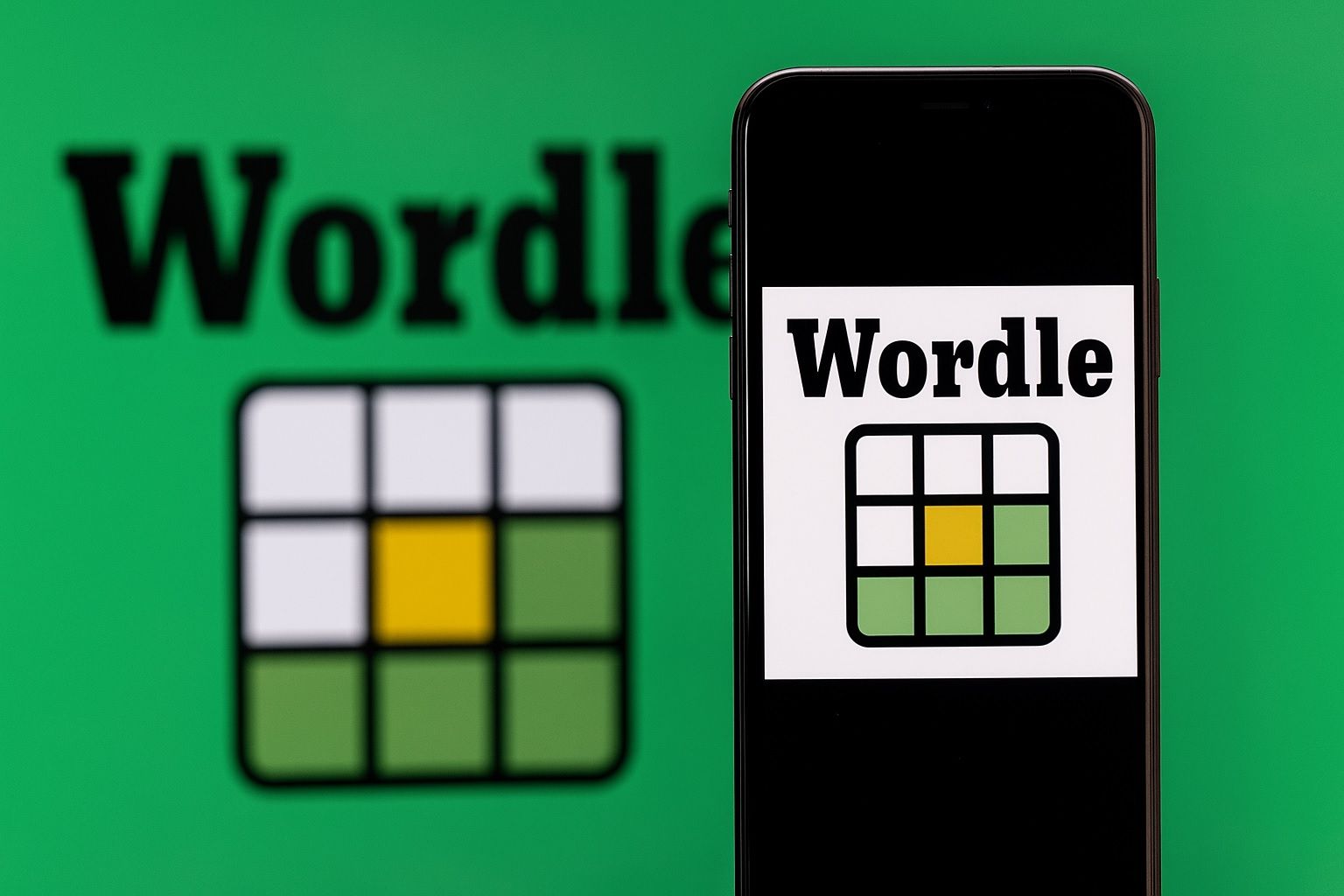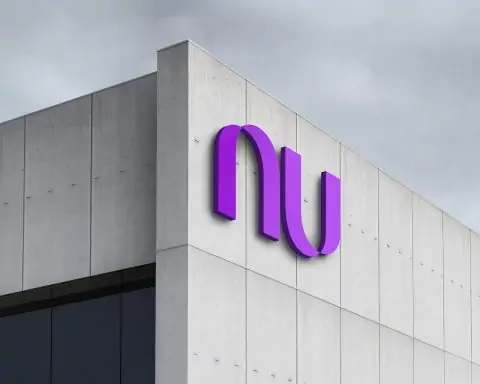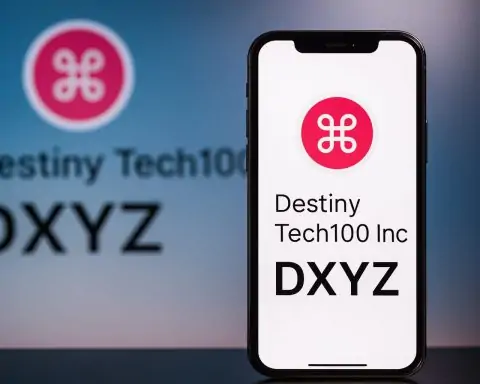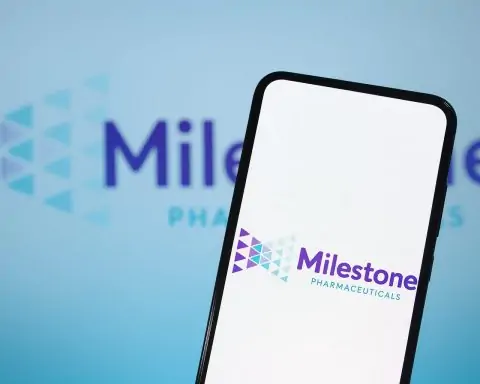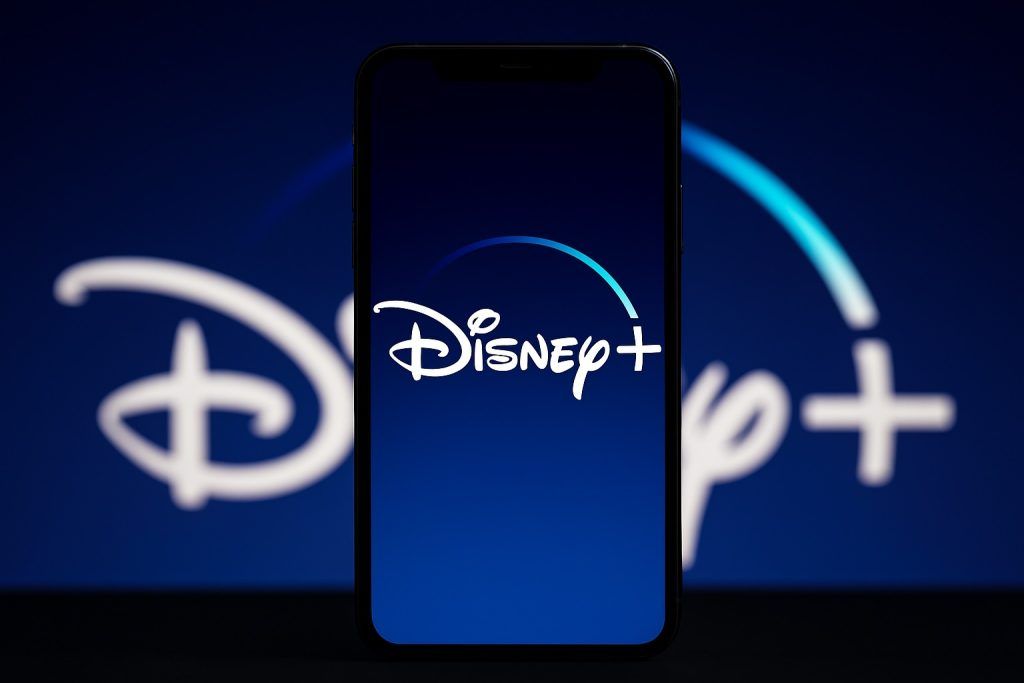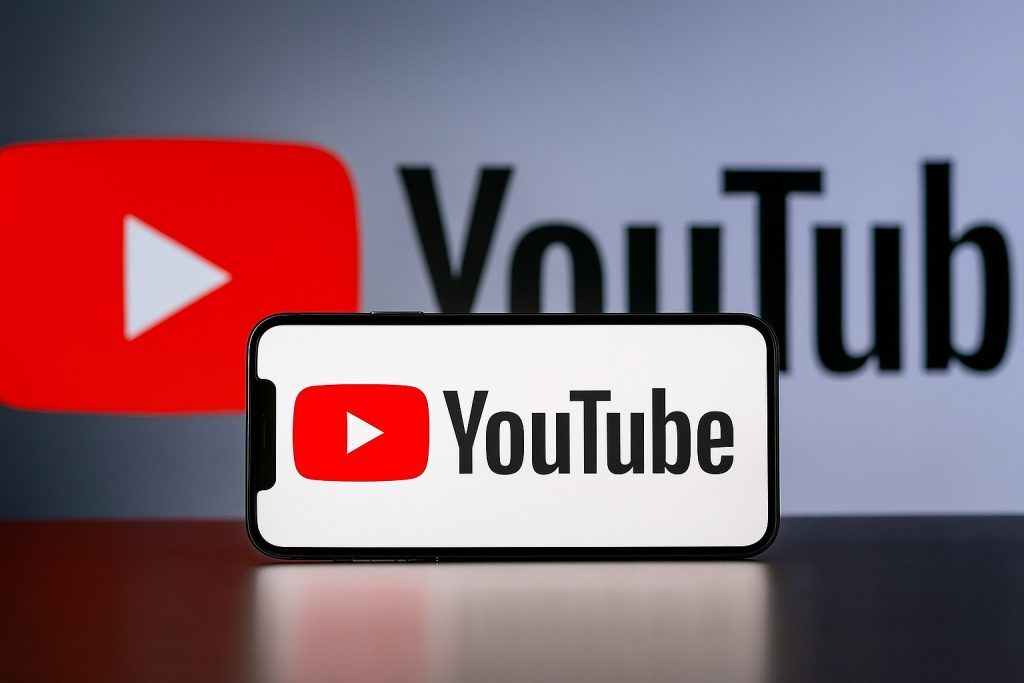- Today’s Wordle (#1595) Answer (Friday, Oct. 31, 2025) is ABHOR, meaning “to regard with disgust or hatred.” Multiple outlets confirm the five-letter solution [1] [2] (spoiler ahead!). If you haven’t solved it yet, consider this your warning.
- Clue & Structure: The word starts with A, contains 2 distinct vowels (A and O), and has no repeated letters [3]. Hints described it as a verb meaning “to loathe or hate,” pointing players toward a strong negative term [4] – which turned out to be ABHOR.
- Yesterday’s Wordle (#1594) was LATHE, a common woodworking tool. Many found that puzzle more straightforward – WordleBot reported an average of ~3.6 guesses for LATHE [5]. By contrast, today’s answer ABHOR proved trickier, with an average around 4.1 guesses in normal mode (slightly above the usual ~4) [6]. In fact, only about 19% of players cracked “ABHOR” in 3 guesses or fewer [7], reflecting its relative uncommonness.
- Reset & Rules: Wordle refreshes at midnight local time each day, delivering the same daily answer to everyone worldwide [8]. You get 6 attempts to guess the day’s 5-letter word. Feedback is given via colored tiles – green for correct letters in the right spot, yellow for correct letters in the wrong spot, and gray for letters not in the word. The goal is to solve by 11:59 PM; if you fail or skip a day, your streak resets [9]. (So plenty of solvers raced to unravel “ABHOR” before Halloween night ended and the puzzle cycled.)
- What’s New Around NYT Games: The New York Times has been busy expanding and tweaking its puzzle offerings:
- “Pips” launched (Aug. 18, 2025) – a daily domino-logic puzzle (using numbers/regions instead of words), marking NYT’s first original logic game [10]. It’s a very different flavor from Wordle’s vocabulary play.
- Mini Crossword Paywall – In late August, the popular Mini Crossword (along with Tiles and Letter Boxed) moved behind the NYT Games subscription. This upset some longtime free players (“Day ruined,” one fan quipped) [11], illustrating the tension between monetization and accessibility.
- “Crossplay” (Beta) – NYT began testing a Scrabble-style multiplayer app called Crossplay. It soft-launched in New Zealand and hints at the Times’ social gaming ambitions. Notably, NYT revealed its puzzles were played 11.1 billion times in 2024 (with Wordle alone accounting for 5.3 billion of those plays), underscoring why games are a strategic focus for the company [12].
- Wordle Archive – In 2024 NYT Games introduced an official Wordle Archive (subscribers-only), unlocking 1,000+ past Wordles to play on demand [13]. It’s a treasure trove for practice and nostalgia, though the daily game remains one-at-a-time for non-subscribers.
- Wordle on Discord – Wordle is now an official Discord integration, licensed by NYT [14]. Friends can solve the same daily Wordle inside Discord servers, bringing a new social dimension to the game (and no worries – it uses the exact same answer as the NYT app, so you’re not cheating).
- New Subscription Options – To capitalize on family play, the Times rolled out Games “family plan” bundles in September 2025 [15]. These allow up to 3 or 4 people to share a NYT Games subscription (including Wordle’s premium features), aiming to boost engagement and reach new audiences.
Today’s Puzzle at a Glance: A Tricky Treat in “ABHOR”
If you found today’s Wordle a bit ghoulish, you’re not alone. The one-line hint given was essentially “to loathe or hate”, which pointed toward a strong word of disgust [16]. Indeed, the answer ABHOR fits that definition. It’s not a word most of us use in everyday conversation – people are far more likely to say they “hate” something than that they “abhor” it [17]. That uncommonness made this puzzle feel challenging for many players.
According to the New York Times’ own WordleBot analytics, the average player took about 4.1 guesses to solve Wordle #1595 [18]. In Wordle terms, that’s a tad more difficult than usual (most puzzles hover around 4 guesses on average). By comparison, yesterday’s answer LATHE – containing very common letters – had an average solve time closer to 3.6 guesses [19], indicating it was solved more quickly by most folks. In other words, “ABHOR” was a step up in difficulty, likely because of its letter mix and rarity.
Why “ABHOR” Stumped Some Solvers
Several factors made ABHOR a bit of a head-scratcher:
- Unusual Letter Combo: The word starts with the somewhat awkward sequence “ABH.” In fact, this is the only Wordle answer ever that contains a “BH” pairing [20] – a sequence not common in English, which means players might not have tried putting B and H together early on. Wordle answers with such rare combinations can sneak past one’s initial guesses.
- Not in the Top Word List: “Abhor” is a real word, but not a super-frequent one in modern usage. As noted, many would say “detest” or “hate” instead. This puts ABHOR in that category of answers that some players might recognize once they see it, but wouldn’t think of immediately. “There will always be the occasional day where the answer is…a word obscure enough to send everyone rushing off to a dictionary,” NYT puzzle editor Tracy Bennett has noted [21]. Today’s solution arguably falls into that bucket of less-common vocabulary. Overall, though, Bennett assures that daily answers are a mix of familiar terms and tougher challenges [22] – and after a run of somewhat easier words (like PLUMP and LATHE earlier this week), an “obscure” one like ABHOR isn’t entirely out of left field.
- No Tricky Trick: On the bright side, ABHOR had no repeated letters and a fairly standard pattern (two consonants + one vowel + two consonants). This meant the puzzle was fair – there were fewer ways for players to get tripped up by, say, a hidden double letter or an unusual vowel placement. Once you identified the two vowels (A and O) and placed the ending –OR, it became a matter of sorting out the leading ABH. Still, finding that B and H was the crux – WordleBot noted it was an “ultra-rare” starting trio for a solution [23], which explains why many of us struggled until the 4th or 5th guess.
Interestingly, although October 31 is Halloween, Wordle did not overtly theme today’s answer for the holiday. (The editors rarely tie Wordle to specific dates – there was no “ghost” or “ghoul” to be seen.) “Wordle doesn’t make any acknowledgement of Halloween,” one reviewer pointed out [24]. However, in a fun coincidence, ABHOR does have a spooky connection: it comes from the Latin abhorrere, meaning “to recoil (from fear or disgust)”, which is the same root that gives us “horror.” As TechRadar’s Wordle expert noted, this makes the solution “pleasingly fitting for Halloween” after all [25]. Even if unintentional, the word carries a whiff of horror in its DNA – quite appropriate for October 31st!
How to Crack Tough Wordles (Lessons from #1595)
Faced with a puzzle like ABHOR, what can solvers learn? Here are a few strategy tips drawn from Wordle experts and data:
- Start with Smart Openers: A strong starting guess can make or break your game. WordleBot’s recommended first words (like SLATE, CRANE, or TRACE) contain a rich mix of common consonants and vowels [26]. These tend to yield early hits. In today’s case, an opener with A as a vowel (such as ARISE or RATIO) might catch one of the two vowels in ABHOR, and something containing R or O would help as well. The key is to maximize distinct letters in your first two guesses – this increases the chance of revealing those less-obvious letters like B or H.
- Eliminate and Isolate: By your mid-game guesses, use process of elimination aggressively. Today, if you had nailed down _ _ O R by guess 3 (for instance, from guessing “FLAVOR” or “ARMOR”), you know the last two letters. That narrows possibilities. At that point, it’s wise to test uncommon letters in the remaining slots rather than keep using familiar ones. Many players intuitively tried a word with B or H once the more common letters (like S, T, L, etc.) were ruled out. This “fishing” for odd letters can feel risky, but as puzzles like ABHOR show, the solution may use letters you haven’t tried yet. Don’t be afraid to guess a word that includes a less frequent letter combination if your standard alphabet soup isn’t yielding results.
- Mind the Clues (and Your Previous Guesses): Wordle’s colored feedback is your best friend. It sounds obvious, but always double-check that you’re using all the info. For example, if you had a yellow “H” from an earlier guess, you’d know H belongs somewhere not yet tried – placing it at the start (making H_ _ _ _) might not form many common words, but slotting it second (_ H _ _ _) or third could form viable options. Some days have sneaky repeats or rare placements, but today’s did not – recognizing that no letter repeated (a clue explicitly noted by hint guides [27]) meant every guess should introduce new letters until you had them all. Experienced solvers often remind: avoid “tunnel vision” where you get fixated on one pattern [28]. If you were sure the answer ended in –OR, consider all possibilities (A-BHOR, CHOR?, etc.) rather than zeroing in on only one.
- Embrace the Spirit: Remember, Wordle is meant to be a quick daily dose of fun. “I just wanted a game that was three minutes of your time a day,” says creator Josh Wardle [29]. That’s a healthy reminder not to agonize too long. If a word like ABHOR has you stuck, sometimes stepping away for a minute and coming back fresh can help. And if you don’t solve it, don’t fret – as Wordle’s editors emphasize, the game will sometimes throw an oddball answer at us (“There will always be the occasional obscure day,” Bennett notes [30]). The flipside is that most days are solvable with common sense and a bit of vocabulary. So enjoy the ride, learn a new word (today we learned ABHOR!), and get ready for tomorrow’s puzzle.
(Fun fact: In Wordle’s hard mode, which forces you to use revealed letters in subsequent guesses, ABHOR was especially challenging. Players on hard mode couldn’t just throw a wild guess like “BATCH” to test B and H separately – they had to incorporate any confirmed letters into each guess, which can constrain your exploration. It’s a reminder that sometimes normal mode gives more flexibility to find those odd letters.)
The NYT Puzzle Portfolio – Wordle & Beyond
Wordle may be the crown jewel of the New York Times Games, but it’s far from the only game in town. Since acquiring Wordle in early 2022, NYT has built a mini-empire of daily puzzles, both by launching new games and by integrating popular third-party ones. Here’s how Wordle compares and coexists with its puzzle peers:
- Wordle (NYT) – The daily 5-letter word guesser we all know and love. One puzzle a day, free to play for everyone (with optional perks like WordleBot analytics for subscribers). It resets at midnight local time and remains a shared communal experience – arguably its secret sauce. (The Times bought Wordle for a “low seven-figures” in Jan 2022 [31], and famously promised to keep it free.)
- Connections (NYT) – A hit word/grouping game introduced in 2023. Players group 16 words into 4 themed categories, with difficulty graded by color (yellow to purple). Connections quickly became NYT’s second-most-played game after Wordle [32] – a testament to the appetite for clever daily puzzles. (They even launched a sports-themed Connections in Feb 2025 to coincide with the Super Bowl [33].) Connections scratches a different itch than Wordle: more analytical and pattern-based, but likewise highly addictive.
- Spelling Bee (NYT) – A longtime favorite where you make words out of a set of 7 letters, aiming to find the day’s pangram. Unlike Wordle, you can play Spelling Bee unlimitedly each day until you either give up or find every possible word. It’s free up to a point, but achieving the coveted “Queen Bee” often requires a subscription. Spelling Bee has a devoted following, though it’s a more slow-burn puzzle compared to Wordle’s quick hit.
- Crosswords (NYT) – The granddaddy of NYT puzzles. The Daily Crossword (and its mini version) remains hugely popular. Notably, the Mini Crossword went behind the paywall in August 2025, which drew some community ire [34]. The Times made that move as part of its strategy to drive subscriptions to the Games bundle. The main Crossword, of course, has long been a subscriber product. Wordle and the Mini had been rare free offerings; now Wordle stands almost alone in the free category (aside from a few limited-use games).
- Strands (NYT) – A “bendy” word search puzzle that the Times soft-launched in 2024 [35]. In Strands, you connect letters on a tangled path to form words, with a special “pangram”-like goal hidden in each puzzle. It’s a unique twist combining word search and anagramming. After beta testing, Strands gained traction when added to the Games app – proof that NYT isn’t afraid to experiment with new wordplay formats.
- Pips (NYT) – Launched in 2025, Pips is a daily logic puzzle using domino-like pieces [36] instead of letters. It’s essentially a numerical puzzle, more akin to Sudoku or Kakuro, requiring you to place “domino” tiles under certain rules. Pips represents NYT Games’ venture outside of pure word games, likely aiming to capture fans of logical deduction games. Its reception has been positive among puzzle enthusiasts who prefer numbers and patterns over vocabulary.
- Wordle-inspired Offshoots: The Wordle craze sparked countless clones and variants. Among them, Quordle (solve 4 Wordles at once) and Octordle (8 at once) became popular, and were eventually acquired by Merriam-Webster and others [37]. These variants turn up the difficulty for those who find one Wordle a day insufficient. While not NYT-owned, they’re part of the Wordle extended universe. Their existence shows the enduring appeal of the simple “guess the word” format – scaled up for the hardcore players.
The bottom line: NYT’s puzzle lineup now caters to a wide range of tastes – from the casual, shareable fun of Wordle, to the deep lexical workouts of Spelling Bee and crosswords, to logic and pattern puzzles like Pips and Connections. Wordle remains the gateway drug for many; as one analyst quipped, “today you come for Wordle, tomorrow you might stay for a crossword, a recipe, or a news podcast” [38]. In other words, the Times uses these games to create a daily habit that keeps users within the NYT ecosystem [39].
Why Wordle Still Matters (Culture, Business & Outlook)
Nearly two years since the NYT acquired Wordle, the game is far more than a fleeting pandemic fad. It has become a cornerstone of the Times’ digital strategy and a cultural touchstone in its own right. Here’s why Wordle’s impact is still profound in 2025:
- A Gateway to NYT Subscription Growth: Wordle famously brought a huge influx of new audience to the Times. By offering the game for free on the NYT site and app, the company funneled legions of puzzle enthusiasts into its platform. This has translated into subscriptions for other products. The Times crossed 11.3 million digital-only subscribers by mid-2025 [40], out of ~11.9M total subs including print. Executives directly credit the strategy of bundling news with lifestyle content like Games (Wordle) and recipes for boosting these numbers [41]. In Q2 2025, NYT added 230,000 new digital subs, beating estimates, and saw digital ad revenue jump ~19% [42] [43]. The success pushed NYT’s stock (NYT.N) up nearly 14% to an all-time high in August [44]. In short, Wordle and its sister games are paying dividends. They’re helping the Times inch toward its ambitious goal of 15 million subscribers by 2027 [45]. “The publisher has leaned heavily… on games such as Wordle” to draw in users as interest in traditional news fluctuates [46] – and that approach is fulfilling its promise.
- Monetization vs. Accessibility – A Delicate Balance: NYT has been careful not to “break” Wordle’s magic. “When we bought Wordle, our main mission was ‘don’t break anything,’” recalls Zoe Bell, the Times’s Games executive producer [47]. That philosophy kept Wordle free and simple – the daily game hasn’t changed fundamentally. At the same time, the Times has introduced gentle monetization around it (like the optional WordleBot stats for subscribers, the Archive feature for paid users, and now family plans). Other moves, like locking previously free puzzles behind a paywall, have met pushback [48]. The Mini Crossword incident in August sparked some negative feedback from loyal players. NYT will need to keep balancing revenue goals with player goodwill. So far with Wordle, they appear to be succeeding – engagement remains high, and the core game is untouched. As Zoe Bell’s team recognized, the Wordle community loved the game as it was, and the Times has largely honored that.
- Labor of Love (and Unrest): It’s worth noting how integral Wordle and NYT Games have become – even to the people who maintain them. In late 2024, the NYT’s tech employees (including those who keep the games running) went on a multi-day strike amid a contract battle. In an unprecedented move, the Times Tech Guild urged readers not to play Wordle or other NYT games during the strike, effectively establishing a “digital picket line” [49]. Remarkably, many players honored it – a sign of solidarity and a testament to how culturally important these games are. The striking workers even created their own alternative puzzles (a “Strike Wordle” and others) to satisfy fans during the walkout [50]. The labor dispute was resolved with a groundbreaking contract by end of 2024, including recognition of the value these tech staff bring. The episode demonstrated that Wordle isn’t just a trivial pastime – it’s part of the daily routine for millions, and even a lever of worker leverage. Few games can say they’ve been on the front lines of a labor movement!
- Social and Community Glue: Wordle’s one-a-day scarcity and shareable emoji grid have kept it a social phenomenon. Families, friends, and colleagues compare scores each morning. Entire Wordle group chats and Discord communities have emerged. NYT has leaned into this communal aspect by integrating Wordle into Discord’s Activities and adding features like friend leaderboards in the app. As noted, the game is evolving from a solitary coffee-break activity into a collective experience. Jonathan Knight, the Times’ Head of Games, sees puzzles as a way to “create a daily habit” and then offer more on top [51] – for example, a user might come for Wordle and stay to tackle the Crossword or read the news. This cross-pollination is happening, and Wordle is often the spark.
- Cultural Touchstone: Perhaps most importantly, Wordle has secured a spot in the cultural zeitgeist. It’s referenced in TV shows and tweets by celebrities; it spawned spin-offs from the absurd (e.g. “Taylordle” for Taylor Swift fans) to the scholarly. Nearly everyone with an internet connection at least recognizes those green and yellow square emojis now. For the New York Times, this is gold – it’s a 172-year-old news organization, but here it is known in 2025 as “the home of Wordle” for a new generation of users. “Wordle continues to engage, frustrate, and delight a global audience – and in doing so, it’s become far more than a game,” one analysis observed [52]. It’s now a pillar of the Times’ digital content strategy, a driver of subscriptions, and a daily dose of joy (and sometimes exasperation) for millions. Not bad for a simple word game invented on a whim by one person.
Forecast & What’s Next: The trajectory for Wordle and NYT Games looks bright. The Times is doubling down on puzzles as a key pillar of retaining subscribers. We can expect more integration of games into the overall NYT bundle (perhaps more crossover promotions, puzzle content tied to news events, etc.). New games will likely continue to roll out – the success of Connections and others shows the Times is keen to replicate Wordle’s viral magic in other formats. International and non-English Wordle versions could potentially be explored under NYT (there’s a whole world of players out there). And with the advent of AI, one can imagine smarter hints or personalized puzzle experiences down the road – though the Times will be cautious not to spoil the simplicity that makes Wordle special.
One thing that seems certain: Wordle will remain free to play. NYT’s leaders have indicated they have no plans to paywall the core game, instead using its massive audience as a funnel for the broader subscription strategy [53]. As CEO Meredith Kopit Levien recently said, “When we bought Wordle, our vision was to grow an audience with a game that’s engaging and delightful. It’s fulfilling that promise” [54] – one puzzle at a time. The company will nurture that daily engagement while carefully layering on ways to monetize around it (ads, bundles, merch – who knows, maybe an official Wordle book or board game could be next).
For players, the forecast is simple: more Wordle, for a long time to come. The game that began as a pandemic-era gift from Josh Wardle to his partner has become an institution. So tomorrow morning, when you open up Wordle #1596, know that you’re part of something much bigger than a little word puzzle. As you tap out those guesses and share your grid, you’re carrying on a modern tradition – one that’s now woven into the fabric of the New York Times and the daily lives of people worldwide. And that is a phenomenon we truly abhor… oops, I mean, adore. Happy solving!
Sources
- New York Times Wordle #1595 answer and meaning [55] [56]; game hints and structure [57] [58]; difficulty stats via WordleBot [59].
- Wordle #1594 (“LATHE”) solution and average guesses [60].
- Wordle rules and refresh timing (midnight reset, streak preservation) [61].
- Recent NYT Games updates: Pips launch [62]; Mini Crossword paywall reaction [63]; Crossplay beta & 2024 play counts [64]; Wordle Archive rollout [65]; Discord integration [66]; Games family plan [67].
- Expert commentary on Wordle #1595 “ABHOR”: TechRadar analysis of rarity and etymology [68] [69] [70] [71]; Tom’s Guide commentary (Halloween theme) [72].
- Strategy insights: recommended openers and tactics [73] [74]; Josh Wardle quote on game’s brevity [75]; Tracy Bennett quote on puzzle difficulty mix [76].
- Puzzle comparisons and NYT game stats: Connections popularity [77]; other games (Strands, Quordle, etc.) [78] [79].
- Business impact: NYT leaning on games like Wordle for growth [80]; subscriber numbers and targets [81] [82]; stock surge on Q2 2025 results [83].
- NYT Games strategy and quotes: Zoe Bell on “don’t break anything” [84]; Jonathan Knight on daily habit formation [85]; “tens of millions of new users” gained via Wordle [86]; CEO Meredith Kopit Levien on Wordle fulfilling its promise [87].
- Labor strike anecdote: Tech Guild strike and Wordle boycott (Nov 2024) [88].
- Cultural analysis: Wordle as a social/cultural phenomenon and NYT digital pillar [89].
References
1. www.sportskeeda.com, 2. www.sportskeeda.com, 3. www.sportskeeda.com, 4. www.techradar.com, 5. www.sportskeeda.com, 6. www.sportskeeda.com, 7. www.sportskeeda.com, 8. ts2.tech, 9. ts2.tech, 10. ts2.tech, 11. ts2.tech, 12. ts2.tech, 13. ts2.tech, 14. ts2.tech, 15. ts2.tech, 16. www.techradar.com, 17. www.techradar.com, 18. www.sportskeeda.com, 19. www.sportskeeda.com, 20. www.techradar.com, 21. ts2.tech, 22. ts2.tech, 23. www.techradar.com, 24. www.tomsguide.com, 25. www.techradar.com, 26. ts2.tech, 27. www.sportskeeda.com, 28. ts2.tech, 29. ts2.tech, 30. ts2.tech, 31. ts2.tech, 32. ts2.tech, 33. ts2.tech, 34. ts2.tech, 35. ts2.tech, 36. ts2.tech, 37. ts2.tech, 38. ts2.tech, 39. ts2.tech, 40. www.reuters.com, 41. www.reuters.com, 42. www.reuters.com, 43. www.reuters.com, 44. www.reuters.com, 45. www.reuters.com, 46. www.reuters.com, 47. ts2.tech, 48. ts2.tech, 49. www.nyguild.org, 50. www.nyguild.org, 51. ts2.tech, 52. ts2.tech, 53. www.reuters.com, 54. ts2.tech, 55. www.sportskeeda.com, 56. www.sportskeeda.com, 57. www.sportskeeda.com, 58. www.techradar.com, 59. www.sportskeeda.com, 60. www.sportskeeda.com, 61. ts2.tech, 62. ts2.tech, 63. ts2.tech, 64. ts2.tech, 65. ts2.tech, 66. ts2.tech, 67. ts2.tech, 68. www.techradar.com, 69. www.techradar.com, 70. www.techradar.com, 71. www.techradar.com, 72. www.tomsguide.com, 73. ts2.tech, 74. ts2.tech, 75. ts2.tech, 76. ts2.tech, 77. ts2.tech, 78. ts2.tech, 79. ts2.tech, 80. www.reuters.com, 81. www.reuters.com, 82. www.reuters.com, 83. www.reuters.com, 84. ts2.tech, 85. ts2.tech, 86. ts2.tech, 87. ts2.tech, 88. www.nyguild.org, 89. ts2.tech
